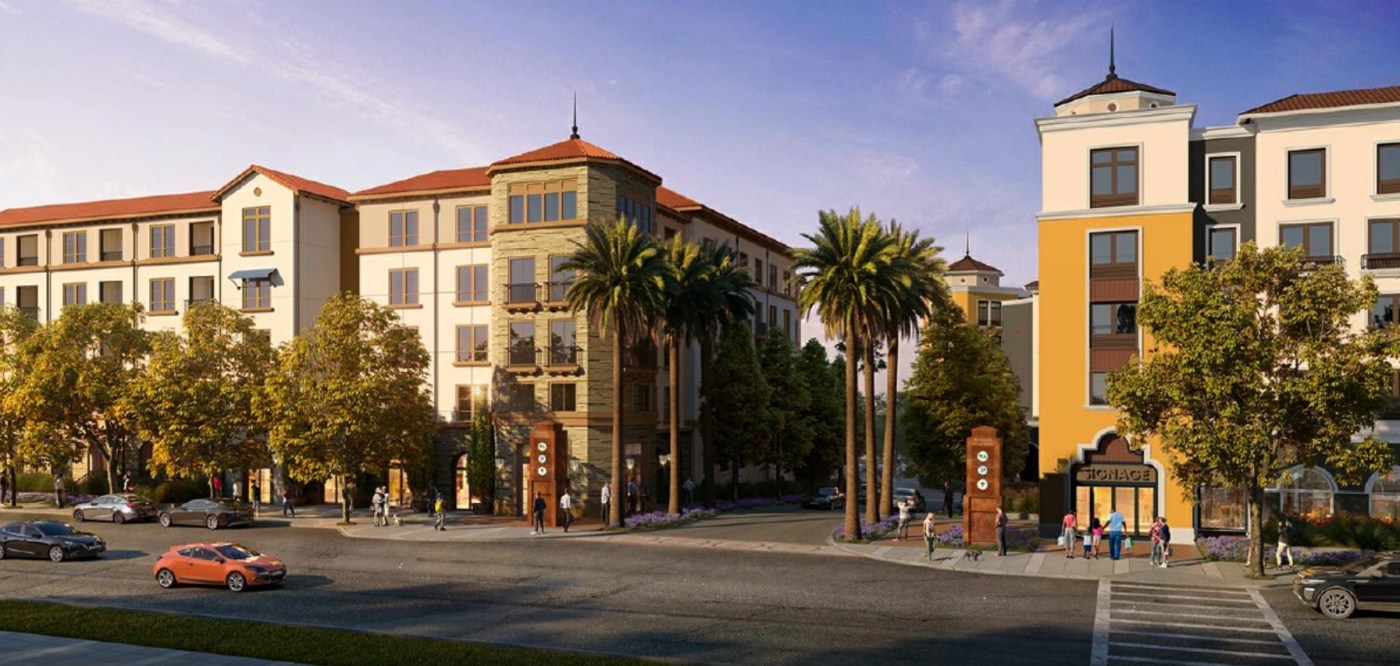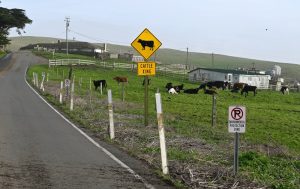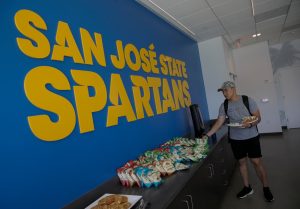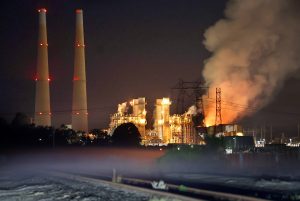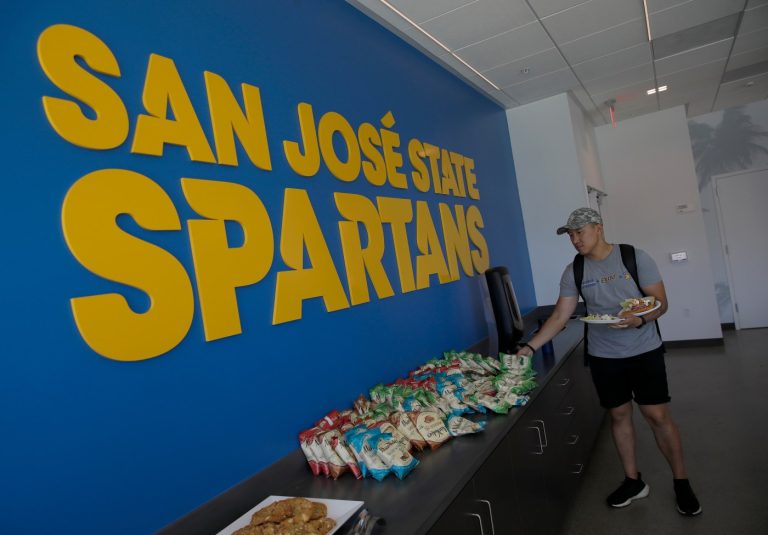SAN JOSE — A big housing development near a San Jose train station is being revamped with a switch to hundreds of affordable apartments, replacing a prior proposal for market-rate residences.
The project’s latest version envisions the development of 215 affordable homes at 1221 Lick Avenue near the Tamien train station and the interchange of State Route 87 and Alma Avenue.
“We’re going to try to hit the ‘missing middle’ with this affordable housing project,” said Michael Van Every, president and managing partner of Republic Urban Properties, the principal owner and developer of the housing village that has begun to sprout next to Tamien Station.
Missing middle residential projects typically refer to housing for middle-income people such as police, firefighters, teachers and rank-and-file retail and office workers.
This is all part of what would be, at full buildout, a 565-unit residential complex that ultimately would be constructed in three phases.
Core Cos. and Republic Urban are working together on an under-construction project at 1197 Lick Avenue. This development consists of 135 affordable units.
The second phase would be the 215-unit affordable development that would be oriented towards the “missing middle” demographic, according to Van Every.
The third phase would consist of 215 market-rate units whose timing would depend on future conditions in the real estate sector.
Republic Urban decided to pursue a new approach due to the tough economic environment for real estate.
“This is a pivot which will lead to a community benefit,” Van Every said. “Middle-income affordable housing seems like the right thing to do, especially being able to build it near transit.”
The Santa Clara Valley Transportation Authority, or VTA, recently agreed during a recent meeting to allow the second phase to become affordable housing and the third phase to remain market-rate units.
Republic Urban isn’t sure when it will be able to launch the phase two middle-income affordable housing component or the market-rate housing for the third and final stage of the development.
Huge problems confront new real estate projects due to the cost of money, labor and materials.
“As long as interest rates remain at this level, as long as the capital markets are frozen for construction money, as long as costs remain where they are for buildings, real estate is facing a true hurdle,” Van Every said.
The agreement with the VTA allows Republic Urban and Core Cos. to gain flexibility in the timing of the final two phases of the residential complex.
Once all 565 units are built, an estimated 62.5% of the residences will be affordable apartments
62.5% affordable units — nearly two out of three. Slightly over one-third of the units will be market-rate apartments.
Van Every believes that market conditions for real estate are worse this time than they were during the recession and financial crisis of 2007, 2008 and 2009.
“That recession was terrible for single-family homes but you still had people building apartments,” Van Every said. “Banks were still making loans on commercial real estate.”
This time around, market conditions appear far worse, in Van Every’s view.
“Now it’s beyond bad,” Van Every said. “You have lost the entire office market. there is no demand for hotels, which are in trouble. You still see some opportunities for industrial. Retail is still troubled.”
The commercial real estate sector’s decline is as bad as any previous cycle for the sector, in Van Every’s view.
“We are going through a recession in commercial real estate,” Van Every said. “We are going through a perfect storm.”
